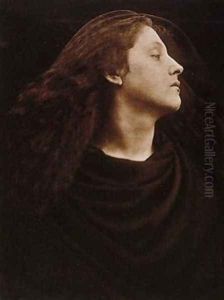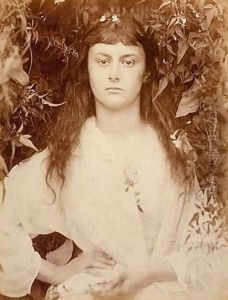Julia Margaret Cameron Paintings
Julia Margaret Cameron was a British photographer known for her pioneering work in portrait photography. Born on June 11, 1815, in Calcutta, British India, to a British official of the East India Company and a French mother, Cameron grew up in a well-connected and culturally rich environment. She was educated in France but returned to India in 1838, where she eventually met and married Charles Hay Cameron, a jurist and member of the Law Commission appointed by the East India Company. The couple moved to England in 1848 and later settled on the Isle of Wight.
Cameron took up photography at the relatively late age of 48 when her daughter gave her a camera as a present. Despite her late start, she quickly became dedicated to the art form. Her approach to photography was unconventional for the time; she aimed for the beauty of the individual, creating soft-focused and closely cropped portraits that were a stark contrast to the sharp, full-length portraits that were the norm. Cameron's subjects often included famous Victorian men, family, friends, and household staff, and she was known to stage scenes from religious and literary works.
Her work was characterized by a sense of intimacy and a dreamlike quality, often criticized for technical imperfections but now celebrated for its emotive and ethereal style. Cameron's photographs were seen as deeply expressive and ahead of their time, and she was one of the few women in the field, pushing boundaries in a male-dominated profession. She became involved with the Photographic Societies of London and Scotland, which helped her work gain exposure and credibility.
Cameron's legacy lives on in the portraits of historical figures such as Charles Darwin, Thomas Carlyle, and Alfred, Lord Tennyson, among others. Her contribution to the field of photography extends beyond her portraits; she helped legitimize photography as a fine art form during the 19th century. Unfortunately, Cameron's career as a photographer was relatively short, lasting only about a decade, as she moved back to Ceylon (now Sri Lanka) with her husband in 1875. She continued to photograph there, but her work from this period is less known. Julia Margaret Cameron passed away on January 26, 1879, in Kalutara, Ceylon. Today, her work is held in high esteem and is featured in art galleries and museums around the world, recognized for its groundbreaking approach to portrait photography.
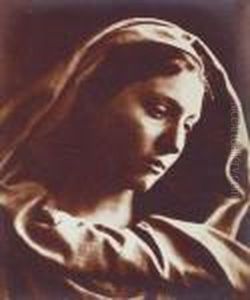
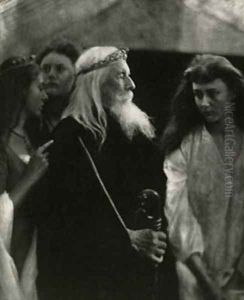
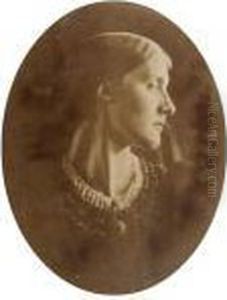
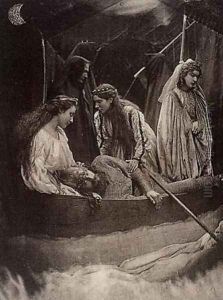
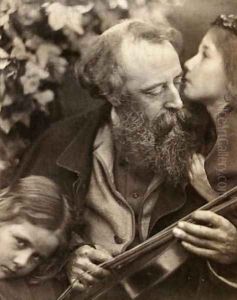
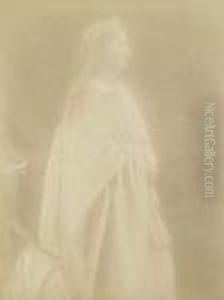
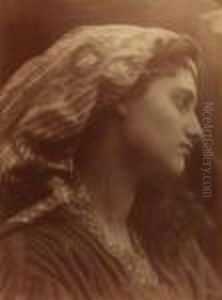
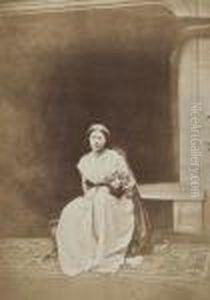
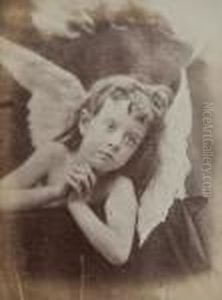
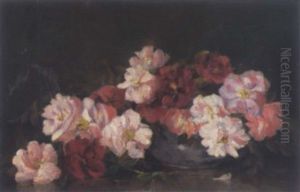
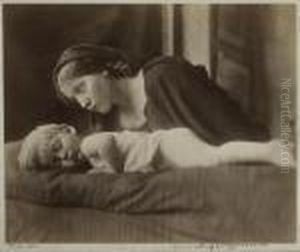
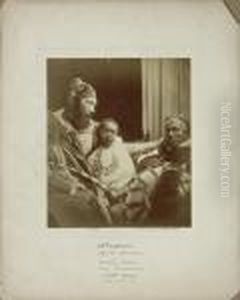
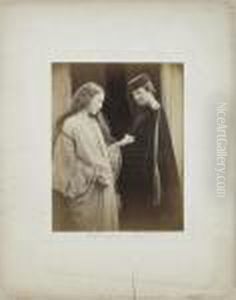
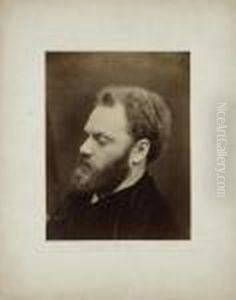
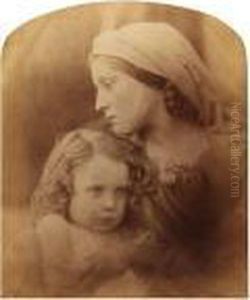
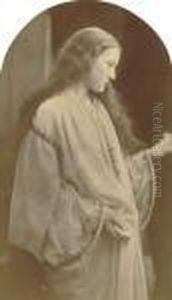
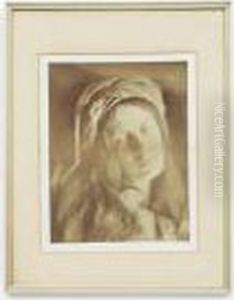
![St Agnes [alice Liddell], September 1872](https://www.niceartgallery.com/imgs/1970912/s/julia-margaret-cameron-st-agnes-alice-liddell-september-1872-3153a43c.jpg)
